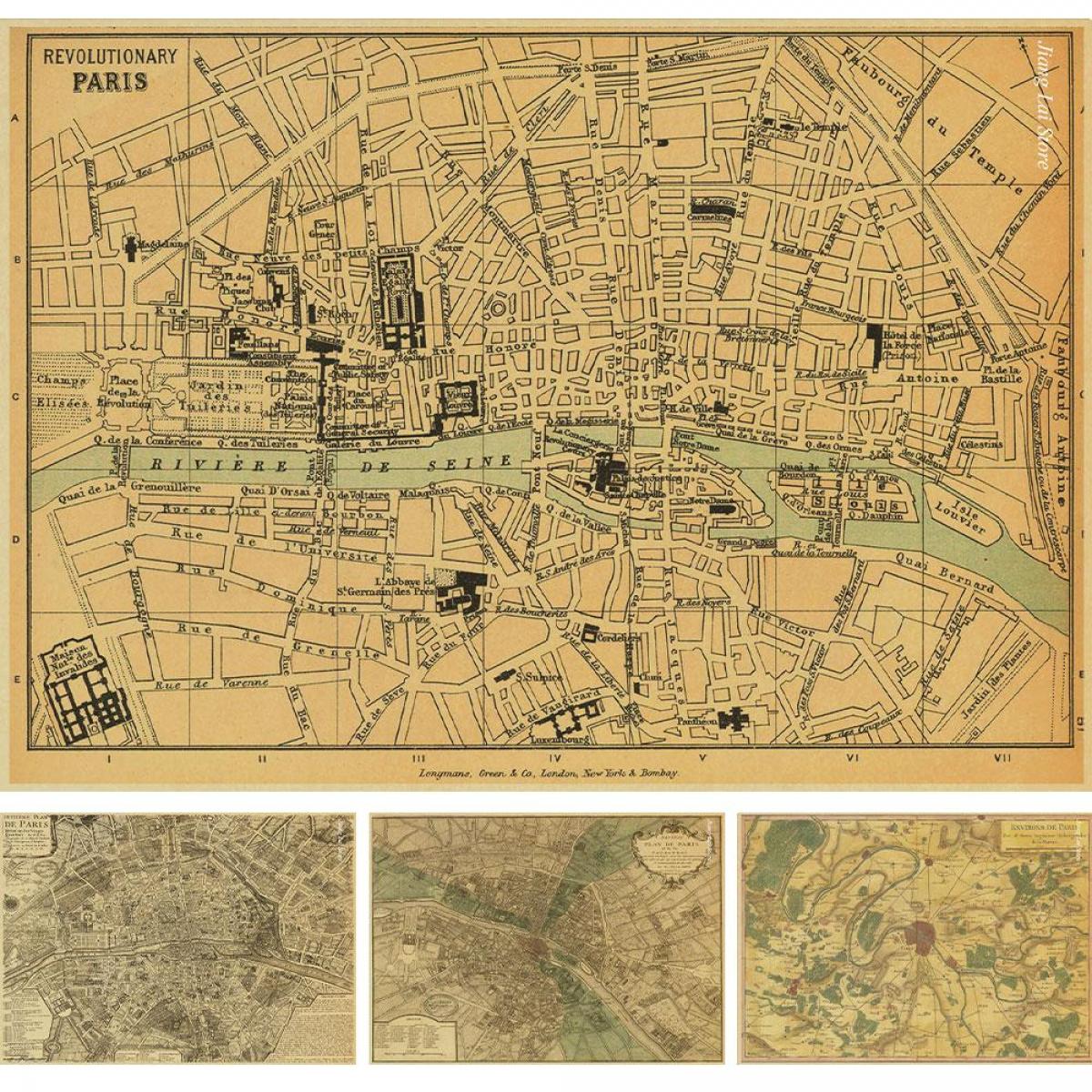search
Ancient Paris map
Early Paris map. Ancient Paris map (Île-de-France - France) to print. Ancient Paris map (Île-de-France - France) to download. The earliest archaeological signs of permanent settlements in the ancient Paris area date from around 4200 BC. The Parisii, a sub-tribe of the Celtic Senones, inhabited the area near the river Seine from around 250 BC. The Romans conquered the ancient Paris basin in 52 BC, with a permanent settlement by the end of the same century on the Left Bank Sainte Geneviève Hill and the Île de la Cité. The Gallo-Roman town was originally called Lutetia, or Lutetia Parisorum but later Gallicised to Lutèce (see ancient Paris map).
The history of ancient Paris dates back to approximately 259 BC, with the Parisii, a Celtic tribe settled on the banks of the Seine. In 52 BC, the fishermen village was conquered by the Romans, founding a Gallo-Roman town called Lutetia. The ancient Paris changed its name to Paris during the fourth century. During this period, the city was threatened by Attila the Hun and his army, and according to the legend, the inhabitants of Paris resisted the attacks thanks to the providential intervention of Saint Geneviève (patron saint of the city as its shown in ancient Paris map).
Julius Caesar wrote in his Commentaries (52 BCE) that the inhabitants of ancient Paris burned their town rather than surrender it to the Romans. In the 1st century CE Lutetia grew as a Roman town and spread to the left bank of the Seine (see ancient Paris map). The straight streets and the public buildings in this locale were characteristically Roman, including a forum, several baths, and an amphitheatre.


